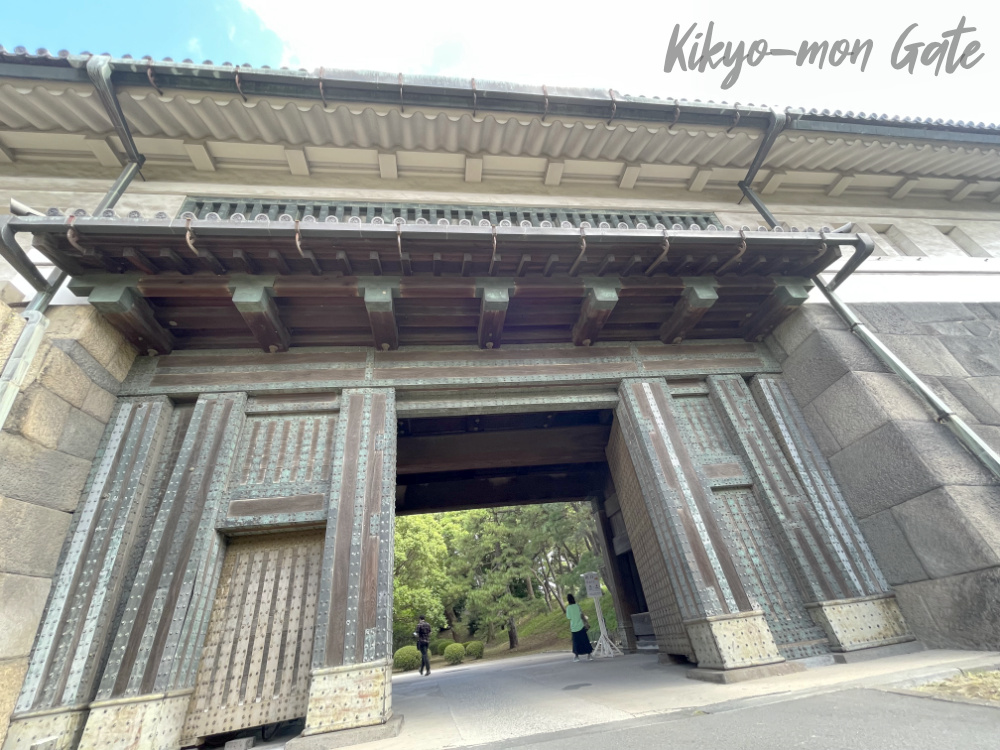Date: 14th Sept. 2024
The first time I visited Japan’s Imperial Palace was on August 13, 1998. Today, stepping into the Imperial Palace again marks 26 years since that visit. The palace remains as serene, elegant, and majestic as I remembered it 26 years ago.
Back then, at the age of 25, I was young, inexperienced, and full of energy. As I strolled through the palace gardens, I felt a sense of peace and joy, captivated by the quiet elegance of every tree and blade of grass.
Now, 26 years later, having passed the half-century mark and bearing the responsibilities of a business and a family, entering the Imperial Palace feels entirely different. What strikes me now is the overwhelming sense of royal authority and an indescribable weight. The trees and plants remain the same, but my mindset has changed dramatically. Revisiting this place brings some comfort, but the trials and tribulations of the past 26 years make it hard to find true solace in this familiar setting.
#ImperialPalace #SerenityAndElegance #LifeChanges #RoyalAuthority #ReflectionsOnTime #MajesticLandscapes #PersonalGrowth #TokyoLandmarks #PeacefulMoments

Photographed on September 14, 2024


Photographed on September 14, 2024


on August 13, 1998

on August 13, 1998

on August 13, 1998
The current location of the Imperial Palace was originally the site of Edo Castle, built in 1457 by Ota Dokan. During the Edo period, Edo Castle became the residence of Tokugawa Ieyasu and served as the political center of the Tokugawa Shogunate. During this time, Edo Castle symbolized the authority of the daimyo and shoguns and was the center of Japan’s politics and economy.
In 1868, with the Meiji Restoration, the Tokugawa Shogunate came to an end, and the new government was established. The Emperor decided to move the capital from Kyoto to Tokyo, and Edo Castle was repurposed as the Emperor’s residence and renamed the Imperial Palace. In 1873, much of Edo Castle was destroyed by fire, and it was subsequently rebuilt. The new Imperial Palace incorporated Western architectural elements and became the residence of Emperor Meiji.
From the Taisho era through the early Showa period, the Imperial Palace played an important role as the site of the Emperor’s official duties and ceremonies. During the reign of Emperor Showa (Hirohito), the palace suffered damage from air raids during World War II, with some buildings being destroyed. After the war, the Imperial Palace was restored to resemble its current form.
In the Heisei era, and continuing into the present Reiwa era, the Imperial Palace remains an important site for the Emperor’s official duties and ceremonies. Today, it is also a popular tourist destination, with gardens open to the public and hosting visitors for important ceremonial occasions.
#ImperialPalace #EdoCastle #MeijiRestoration #TokugawaShogunate #EmperorResidence #TaishoEra #ShowaEra #WorldWarIIDamage #PalaceRestoration #HeiseiEra #ReiwaEra #JapaneseHistory #RoyalCeremonies #TokyoTourism

Photographed on September 14, 2024

Photographed on September 14, 2024

Photographed on September 14, 2024

Photographed on September 14, 2024

